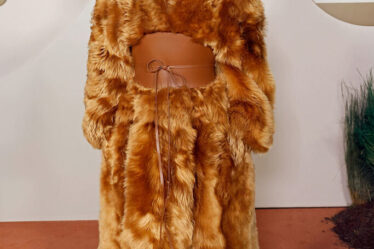
Neiman Marcus Group says online and in-store holiday sales fell by a low-single-digit percentage versus the prior year, the latest sign that US luxury sales are ebbing from their post-pandemic peak.
Sales at stores that have been open for at least a year, known as same-store sales, were flat versus last year, chief executive officer Geoffroy van Raemdonck said in a statement tied to comments he made at the ICR Conference in Orlando. He didn’t provide specific figures to quantify the pace of sales during the nine weeks ended Dec. 30. The last time holiday sales fell year-over-year was in calendar year 2020.
Still, Van Raemdonck said he was “pleased” with the pace of holiday shopping since it was an improvement from the most recent quarter, when in-store and online sales fell 8 percent in the three months ended Oct. 28. He noted increased spending by top customers during the holidays.
“While we are comfortable with our inventory position currently, we are competing in a retail environment that continues to be highly promotional and continues to impact our gross margins,” Van Raemdonck added.
The company has 36 brick-and-mortar Neiman Marcus stores and two Bergdorf Goodman department stores.
Saks Fifth Avenue has bid for Neiman Marcus, the Wall Street Journal reported last year, as the two luxury department-store operators try to create better economies of scale to cut costs. Spokeswomen for Neiman Marcus and Saks declined to comment Tuesday.
By Jeannette Neumann
Learn more:
What American Retailers Can Learn From European Department Stores
Creative experiences and a less-standardised approach to operations and design have helped iconic stores like Selfridges, Liberty and Le Bon Marché resist multi-brand retail’s decline.



